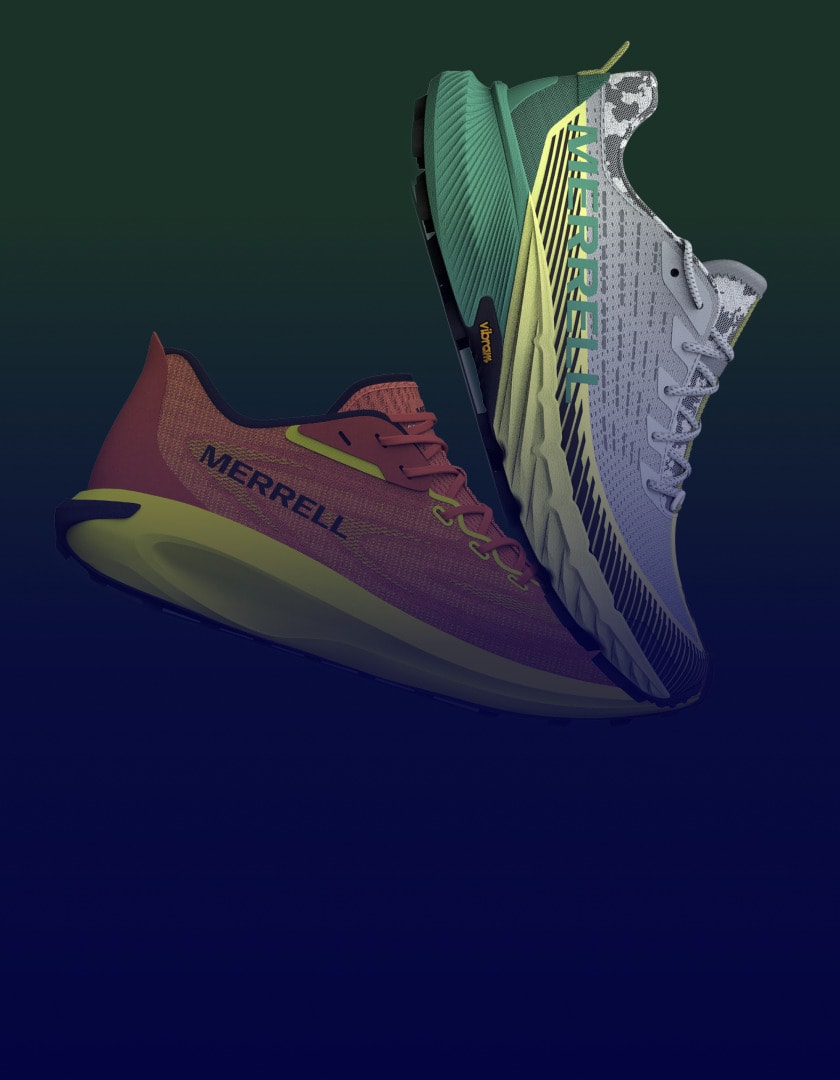How to Use Centric Merchandise Planning to Drive Revenue

Many companies struggle with getting the right products to market, quickly. Even though they might have great designers, product developers and sourcing teams, it can be difficult to analyze all of the information associated with planning a collection and make sure teams focus on products (and tasks) that matter the most.
Centric’s Merchandise Planning connects the dots from concept to retail. Here’s how!

Aligning Plans with Reality
Merchandise Planning fully aligns collection development with financial planning by giving designers, product developers and buyers a real-time view of planned collections, target margins and actual margins that change in response to decisions they made. Real-time data, empowers merchandise planners to accurately monitor whether products and lines in development are on course to meet the financial targets set at the beginning of the season.
Merchandise planners can sandbox different seasonal plans and scenarios alongside each other to see the potential impact of various scenarios, such as adding more styles at a particular price point or repackaging a style and selling it through a new channel at a different price point. On the product development and production sides, buyers can see the potential effect of individual sourcing decisions on product margins, such as choosing a less or more expensive material.

Estimating Sales
Merchandise Planning generates realistic sales estimates – and ‘realistic’ is the key word here! Real-time updating and a ‘single source of the truth’ approach provides confidence in data, because information is readily available, quickly updated and accurate. Historical product data from previous seasons, active strategic plans and current products in development are all managed in the same system.

Complete Visibility
The executive, top level view of Merchandise Planning rolls up financial and business targets for each season, which can be broken down by department, product line or other criteria to get an increasingly granular view cost breakdowns. On the ground, merchandise planners are working on the fine detail, examining carryovers, room for new product development and the previous season’s sales.
Merchandise Planning reconciles these views to finalize a solid, realistic financial plan. As the plan matures and is executed, you can instantly see where additional support and adjustments are needed in order to stay aligned with the plan.
Multi-level Planning
Strategic plans are typically created in boardrooms, not systems, and focus on what you expect to achieve in terms of revenue and growth of the overall business over the year. Merchandise Planning translates these lofty targets into a merchandise plan, splitting targets by division, channels or store clusters. Diving into the module interface, this breaks down into highly visual range plans, line plans and individual product data.
Alternatively, perhaps your product development happens discretely and you have an internal ‘shopping list’ that is used to build a line plan from the design creation process. All of this generates a whole lot of data – from top down, from bottom up, some historical, some current and some based on analysis. Management of that data is critical to managing the business, and that’s where Merchandise Planning comes in.

Visual, Customized Views
Color coded KPIs in Merchandise Planning views quickly draw your attention to overspending and areas that are underperforming in relation to your targets, providing opportunities to remedy problems and stick to an achievable, accurate plan. Built in change tracking reinforces the ability to see a wealth of historical data, including who made changes and when.
Views can easily be customized by user or department and appear in an Excel-like grid format. You can generate live data charts based on the current view, which can be shared with other users or exported in PDF format. Instantly access visual reports based on up-to-the-minute data, transforming your capacity to make business decisions in time to affect your revenues and improve sales performance.
Connection with Centric PLM and Enterprise Systems
Merchandise Planning connects with the rest of the Centric PLM ecosystem and mobile apps and is updated automatically with product data from other departments using Centric and any suppliers connected to the system. Access to real time PLM data is incredibly valuable in making sure plans are up to date.
Typically, customers also need it to connect to an ERP system, and sometimes retail replenishment, logistics, warehouse and visual merchandising systems. Merchandise Planning interfaces smoothly with these other systems, sharing data in real time so you can identify the products and lines that most need your attention.
In order to react quickly to change and drive improvements in your business performance, you need access to high quality, visible, up-to-date data to inform your plans. Merchandise Planning gives you the power to plan ahead in detail and slice and dice data so you can zero in on the outliers that affect your sales volumes and margins the most – for better or worse.
Want to learn more about Merchandise Planning with Centric PLM? Request a personalized demo today and download our webinar replay below.








